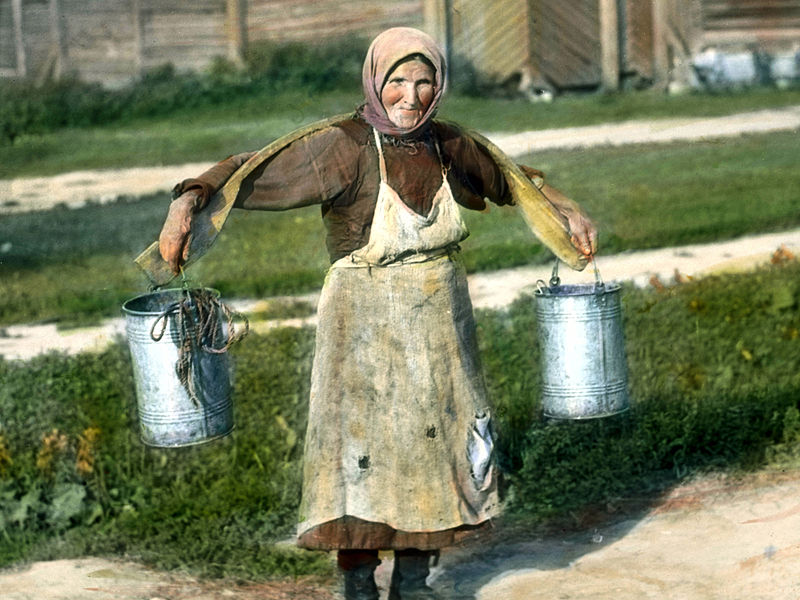the death of the russian peasant

My great grandparents immigrated from czarist Russia in the early years of the twentieth century, worked five years in the coal mines to save money, and bought a small farm in an agricultural community in New England on which they raised a diary herd, tobacco, and four children who had no interest in farming. The rural town in which they lived, like so many rural communities in this country, has had less farms every year since they died in the middle of the twentieth century.
I assume that this story is familiar to you: that I do not need to outline the history of increasing mechanization of agriculture, the consolidation of farms, the suburbanization of the countryside and the slow crawling deterioration of the remaining rural places.
What I do want to suggest is that when we think of this story, we often tend to centralize the American experience in the narrative of industrialized agriculture. My mental landscapes, at the least, still imagine pastoral countryside in less developed regions of the world-- places where subsistence farming and rural fabrics continue to thrive.
But, as this piece in Al Jazeera brings to light, the reaches of industrialized agriculture far exceed the boarders of North America. were I to visit the homeland of my ancestors today, the plight of its villages would resemble the plight of my own. As Moscow-based journalist Mansur Mirovalev bleakly demonstrates, a coalition of forces-- rapid urbanization, industrialization of agriculture, and the decline of the Russian economy-- have created a situation in which half of Russia's 13,000 villages have populations of 10 or fewer. As one elderly woman explained of her town, "Only old people are left here. And what do we, old people, do? We die,"
It's worth reading the full article here.
But! It is also worth noting, as this 2014 NY Times article argues, that just like in the United States, small farm-to-table movements and organizations are present, vibrant, and might have something to gain from more stringent trade borders.

